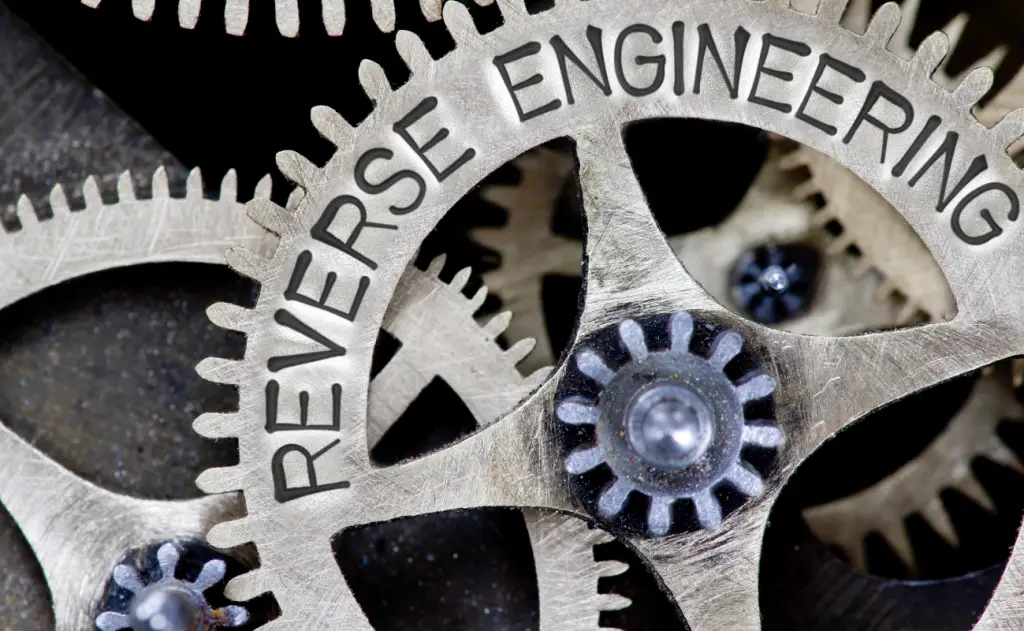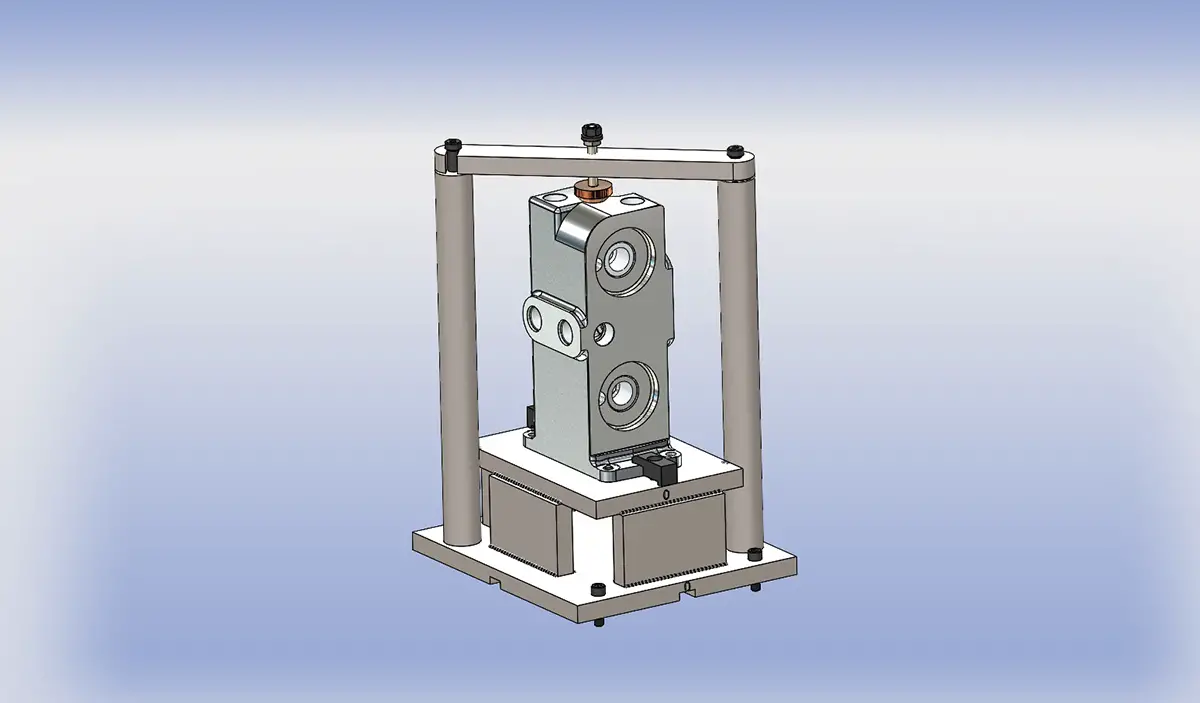Reverse Engineering For Manufacturing Engineers

Executive Summary

Reverse engineering is a powerful tool that can help manufacturing engineers improve their designs, reduce costs, and speed up production times. By breaking down existing products into their component parts and analyzing how they work, engineers can gain valuable insights that can be applied to their own designs.

Introduction
Reverse engineering is the process of taking an existing product and analyzing it to create a new product that is similar in function but different in design. This can be done for a variety of reasons, such as to improve the product’s performance, reduce its cost, or make it easier to manufacture.
FAQs
1. What are the benefits of reverse engineering?
Reverse engineering can provide a number of benefits, including:
Improved product performance: By analyzing how an existing product works, engineers can identify areas where it can be improved. This information can then be used to create a new product that is more efficient, durable, or reliable.
Reduced product cost: Reverse engineering can help engineers identify ways to reduce the cost of manufacturing a product. This can be done by simplifying the design, using cheaper materials, or optimizing the production process.
Faster production times: Reverse engineering can help engineers identify ways to speed up the production process. This can be done by automating tasks, improving tooling, or optimizing the layout of the factory.
2. What are the challenges of reverse engineering?
Reverse engineering can be a challenging process, especially when the product being analyzed is complex. Some of the challenges include:
Obtaining the product: In some cases, it may be difficult to obtain the product that you want to reverse engineer. This may be due to the product being proprietary, expensive, or difficult to find.
Disassembling the product: Once you have obtained the product, you will need to disassemble it into its component parts. This can be a time-consuming and delicate process, especially if the product is complex.
Analyzing the product: Once you have disassembled the product, you will need to analyze it to understand how it works. This can be a complex and time-consuming process, especially if the product is complex.
3. What are the steps involved in reverse engineering?
The process of reverse engineering typically involves the following steps:
Acquire the product: The first step is to acquire the product that you want to reverse engineer. This may involve purchasing the product, borrowing it from a friend, or finding it at a store.
Disassemble the product: Once you have the product, you will need to disassemble it into its component parts. This will give you a better understanding of how the product works.
Analyze the product: Once you have disassembled the product, you will need to analyze it to understand how it works. This will involve examining the components, studying the design, and understanding the principles of operation.
Document the product: Once you have analyzed the product, you will need to document your findings. This will typically involve creating drawings, schematics, and other documentation.
Create a new design: Once you have documented the product, you can begin to create a new design. This will involve using your understanding of the product to create a design that is similar in function but different in design.
Top 5 Subtopics
1. Product Design
Product design is the process of creating a new product. This involves defining the product’s requirements, designing the product’s components, and creating the product’s prototype.
- Product Requirements: The first step in product design is to define the product’s requirements. This involves identifying the customer’s needs, determining the product’s specifications, and creating a product requirements document.
- Product Components: Once the product’s requirements have been defined, the next step is to design the product’s components. This involves creating drawings, schematics, and other documentation for each component.
- Product Prototype: The final step in product design is to create a product prototype. This is a physical model of the product that can be used to test the product’s functionality and performance.
2. Process Planning
Process planning is the process of developing a plan for how a product will be manufactured. This involves determining the steps involved in the manufacturing process, selecting the equipment that will be used, and creating a production schedule.
- Manufacturing Steps: The first step in process planning is to determine the steps involved in the manufacturing process. This will typically involve breaking the process down into a series of smaller, more manageable tasks.
- Equipment Selection: Once the manufacturing steps have been determined, the next step is to select the equipment that will be used. This will involve considering the capabilities of the equipment, the cost of the equipment, and the availability of the equipment.
- Production Schedule: The final step in process planning is to create a production schedule. This will involve determining the order in which the manufacturing steps will be performed, the time that will be required for each step, and the resources that will be needed for each step.
3. Tooling Design
Tooling design is the process of designing and creating the tools that will be used to manufacture a product. This involves selecting the materials for the tools, designing the tools’ geometry, and creating the tools’ prototypes.
- Material Selection: The first step in tooling design is to select the materials for the tools. This will involve considering the properties of the materials, the cost of the materials, and the availability of the materials.
- Geometry Design: Once the materials for the tools have been selected, the next step is to design the tools’ geometry. This will involve creating drawings, schematics, and other documentation for each tool.
- Tool Prototypes: The final step in tooling design is to create tool prototypes. These are physical models of the tools that can be used to test the tools’ functionality and performance.
4. Production Planning
Production planning is the process of planning how a product will be manufactured. This involves determining the production volume, the production schedule, and the production resources.
- Production Volume: The first step in production planning is to determine the production volume. This will involve forecasting
